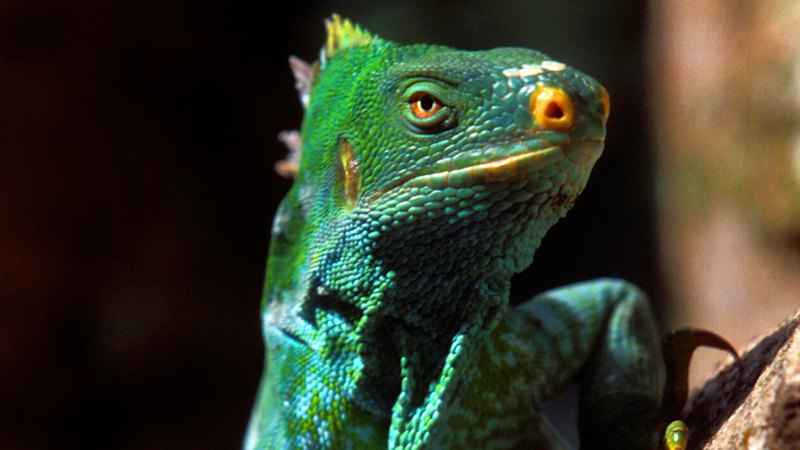Home / Science / Nature's Deception: Unveiling Hidden Tricks
Nature's Deception: Unveiling Hidden Tricks
19 Nov
Summary
- Animals use sound, light, and chemicals for deception.
- Cephalopods change color rapidly for camouflage.
- Some animals mimic others to survive or reproduce.

The natural world is rife with deception, a complex strategy employed by animals and plants for survival. Unlike human deceit, which relies on words and actions, other species leverage an impressive repertoire of sensory capabilities. These include manipulating sound, light, and chemical signals to successfully trap prey, facilitate pollination, or ensure their own continued existence.
Creatures exhibit remarkable deceptions, such as cuckoos tricking other birds into raising their young, or blister beetle grubs impersonating a queen bee. Plants, like certain orchids, even mimic the promise of romance to male wasps, ensuring pollen dispersal. Cephalopods, including octopuses and cuttlefish, display unparalleled skill in camouflage, altering their skin color and patterns in milliseconds.
Even seemingly obvious camouflage, like that of tigers and giant pandas, is incredibly effective. Scientific analysis shows that the contrasting patches on giant pandas blend seamlessly with their forest surroundings. These natural deceptions underscore the vast unknown in interspecies interactions and the intricate survival mechanisms present in nature.




